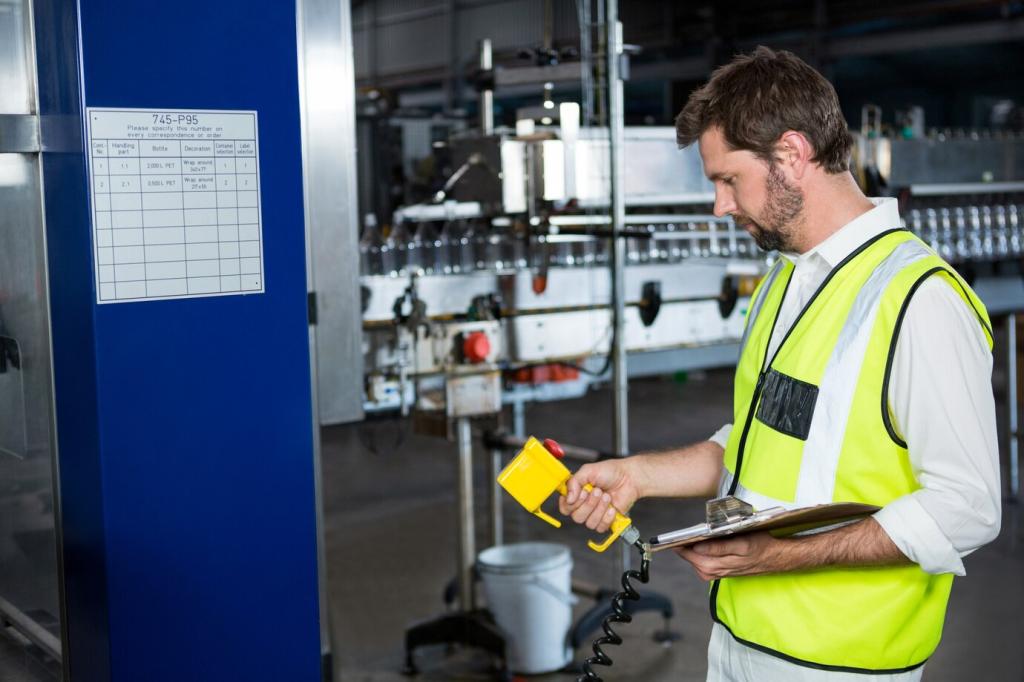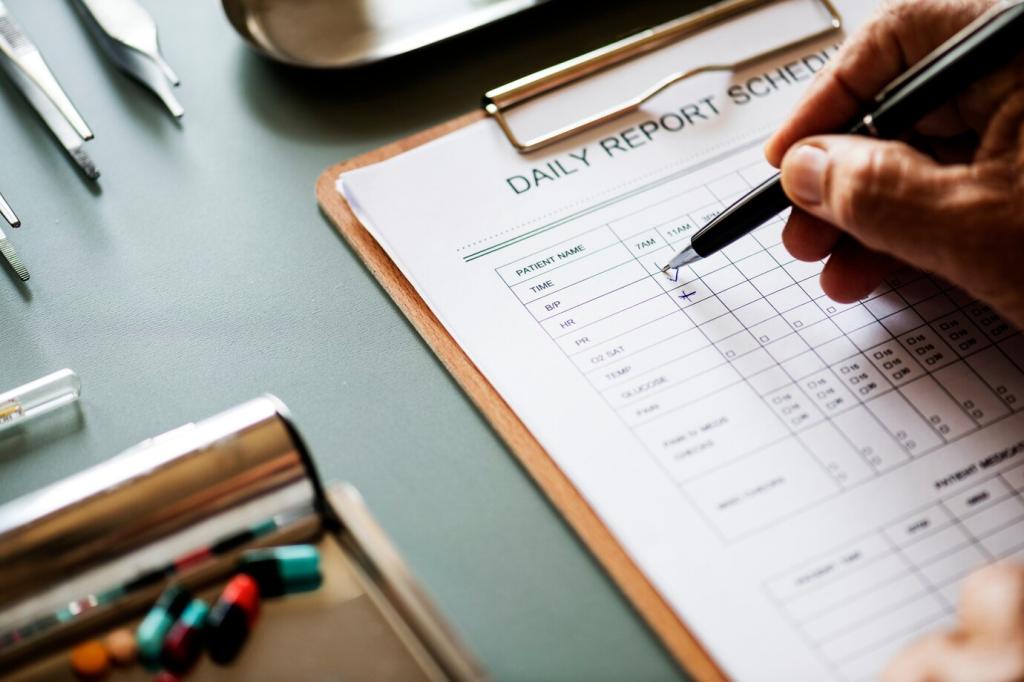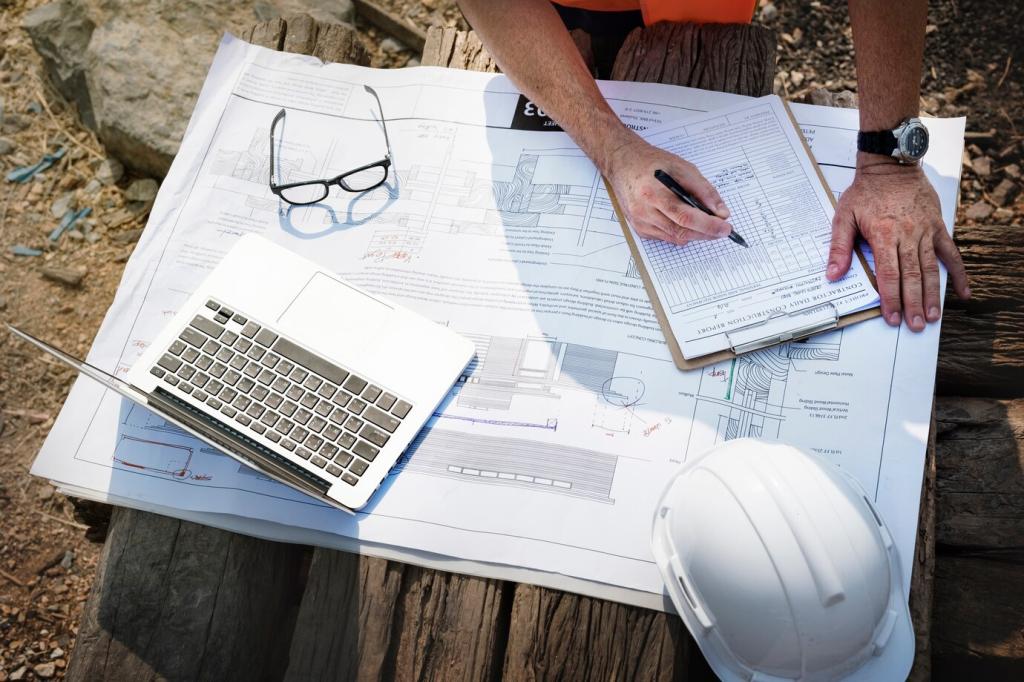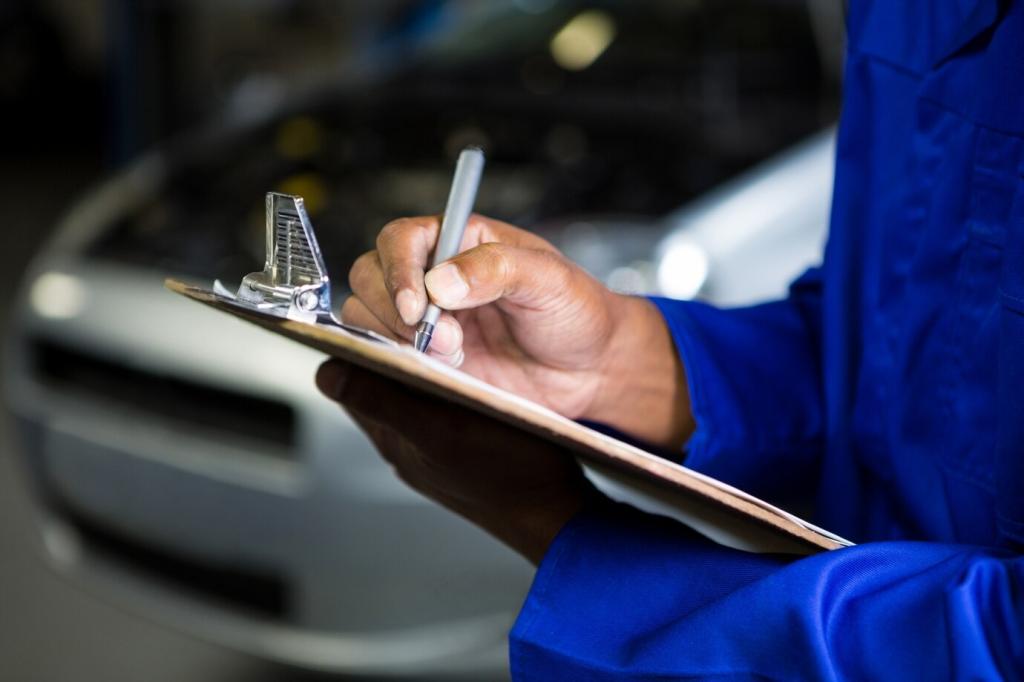Choosing the Right Tool for Your Clinic
Higher power can shorten sessions and reach deeper tissues when used wisely, but fluence per square centimeter still rules outcomes. Mixed wavelengths broaden targets, while single wavelengths simplify protocols. Consider portability versus cart‑based stability for daily use.
Choosing the Right Tool for Your Clinic
A comfortable handpiece, intuitive presets, and silent cooling reduce fatigue and patient stress. Cords, battery life, and quick sterilization impact turnover. Build repeatable room setups so technicians can deliver consistent, calm sessions every time.









